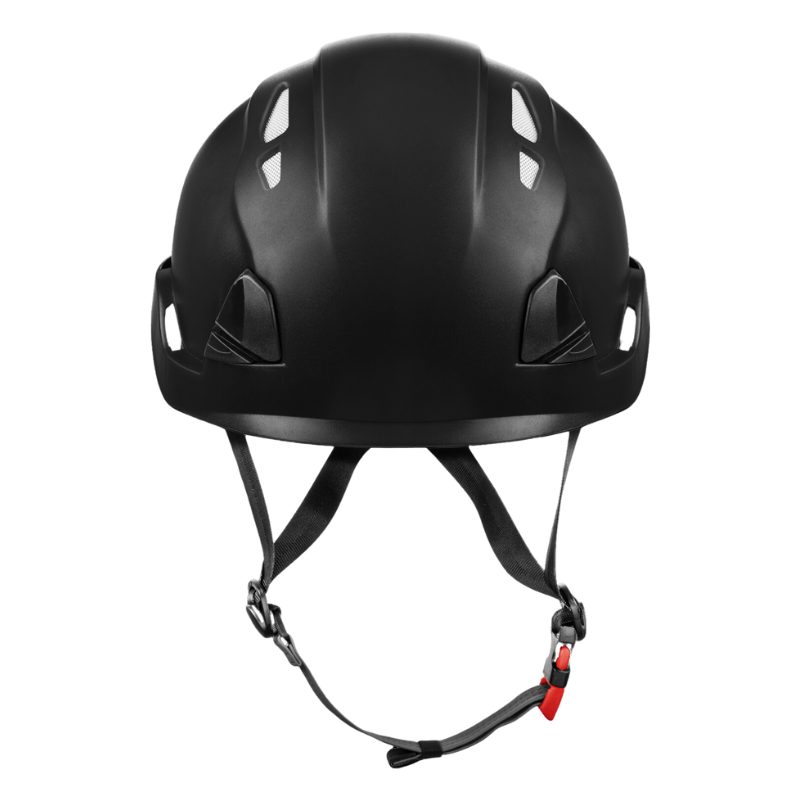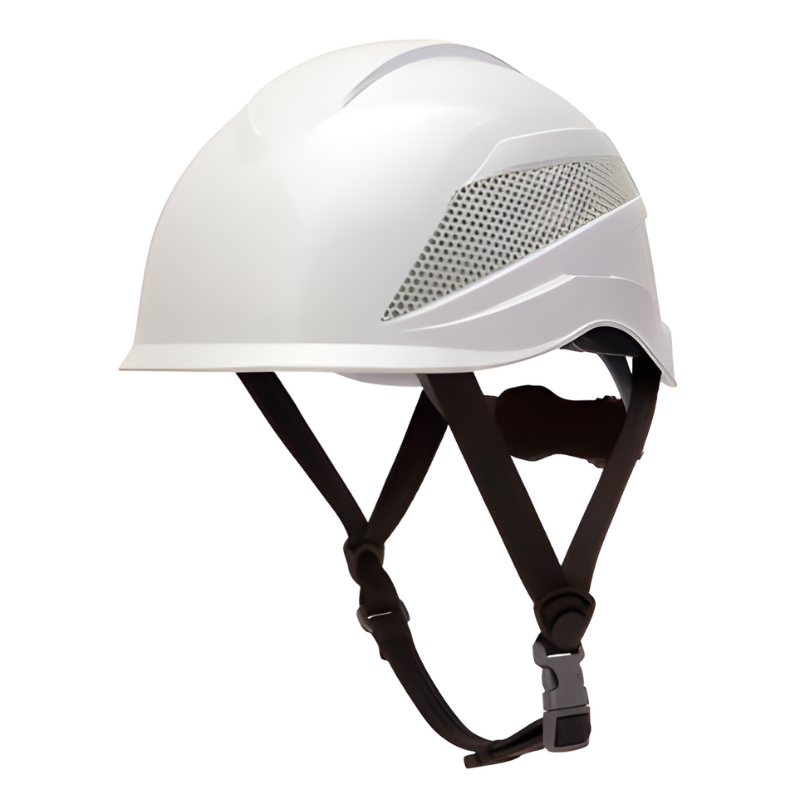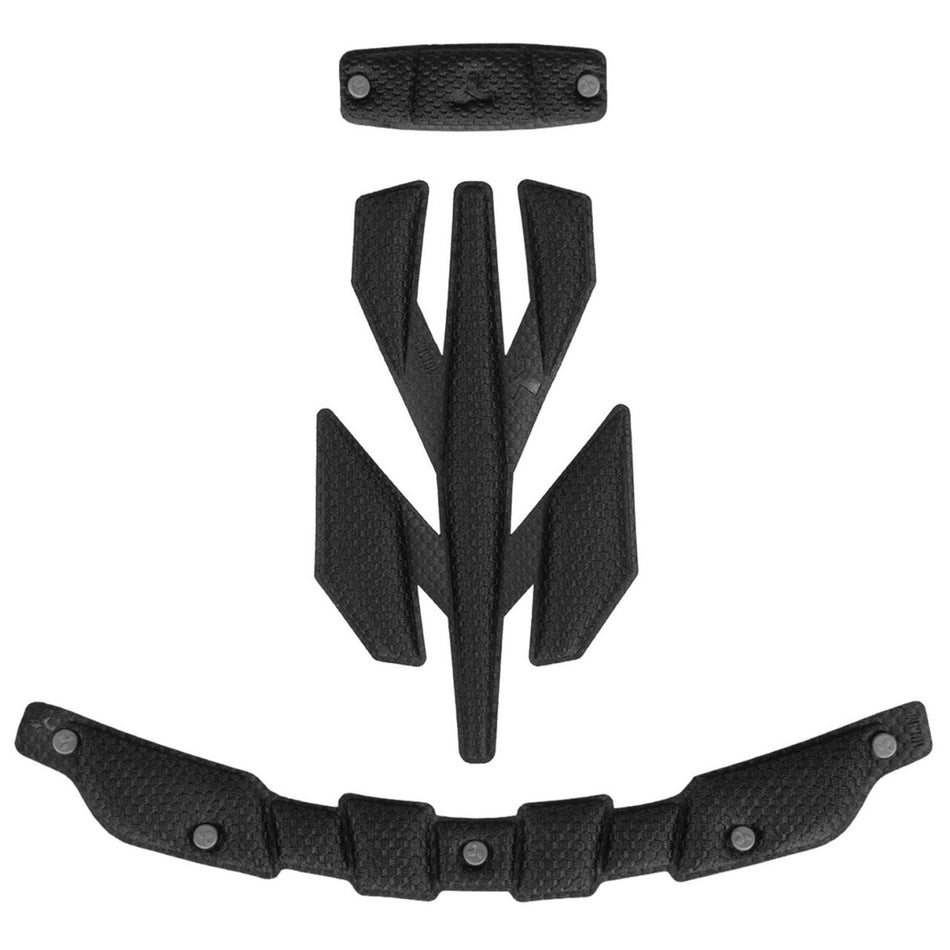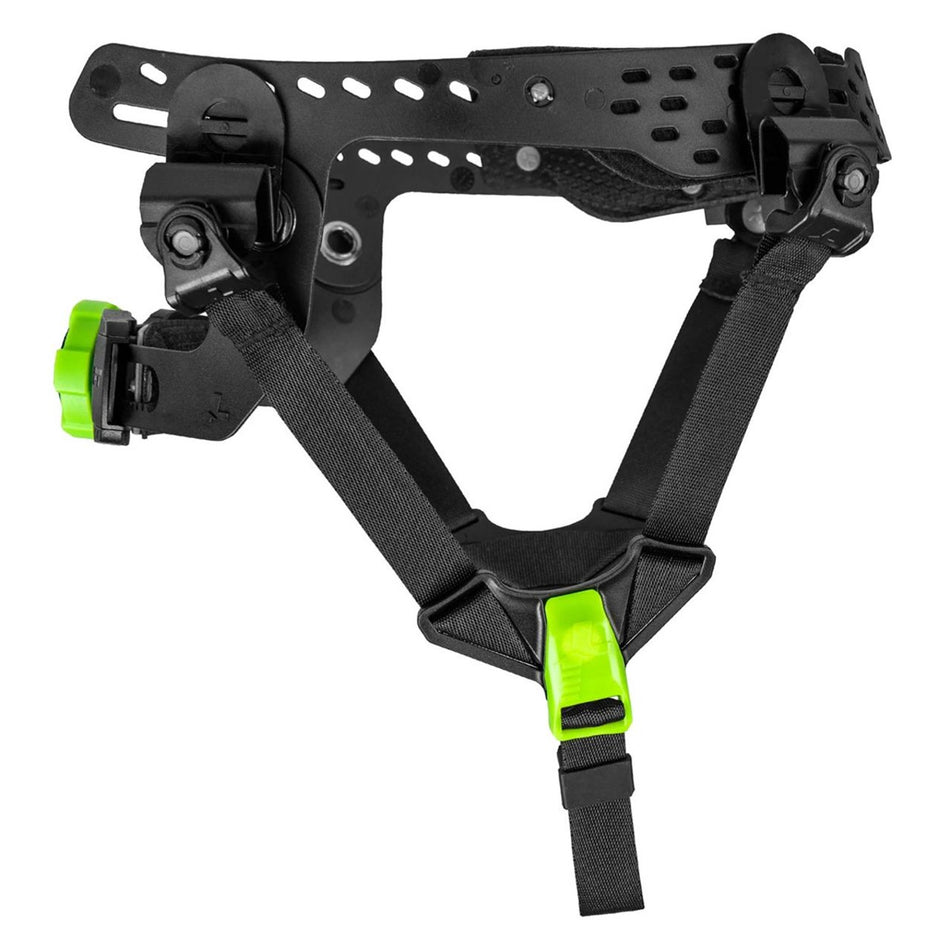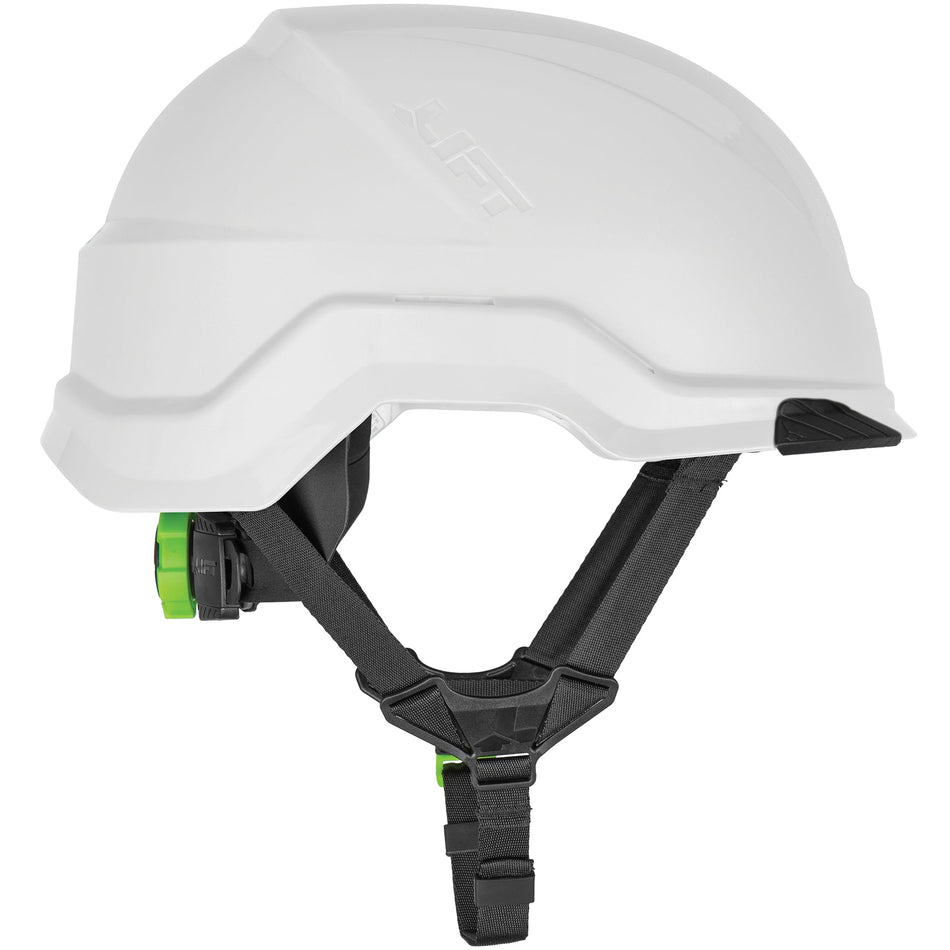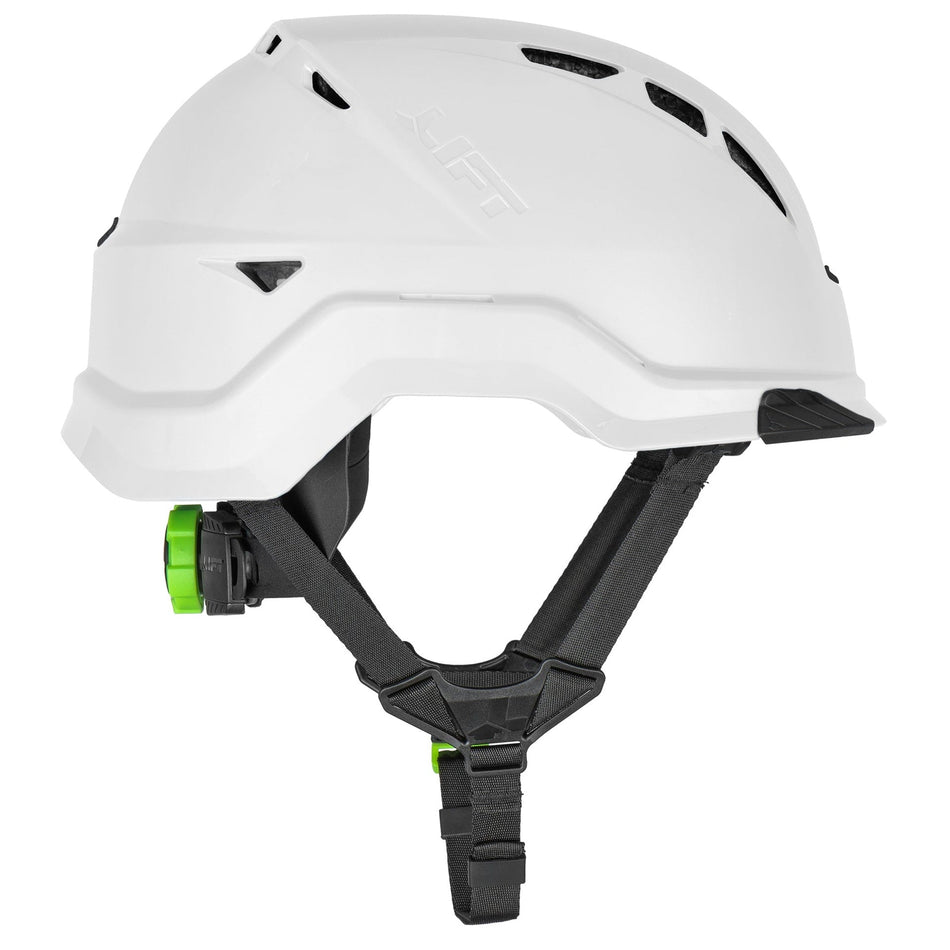9 Products
Safety Helmets: Type 1 and Type 2
Type 1 safety helmets (ANSI Z89.1) protect against vertical impacts to the top of the head-ideal for general construction and overhead hazards.
Stay protected with our high-quality selection of Type 1 and Type 2 safety helmets. In the industrial sector, head injuries from falling objects, collisions, and other hazards are a constant concern. That’s why high-quality protective gear is essential to job site safety. Therefore, in environments like construction, manufacturing, and mining, reliable safety helmets are not only critical for protecting workers—they also help keep operations running smoothly and efficiently.
Why Industrial Helmets Are Essential
Here’s a closer look at why industrial headgear is absolutely essential:
- Impact Protection: One of the primary functions of industrial headgear is to absorb and redistribute the force of impacts. In environments where heavy materials are being moved and tools or debris are common, the risk of accidents is high. Falling objects or dropped equipment pose a serious threat to worker safety. Our safety helmets are specifically engineered to mitigate these risks by cushioning impacts. Thus, they reduce the likelihood of traumatic head injuries. This level of protection is crucial on construction sites and other environments where overhead hazards are a constant concern.
- Penetration Resistance: Safety helmets must do more than just protect against blunt force impacts—they also need to resist penetration from sharp objects. Tools used above ground level, falling debris, and small but dangerous items like nails or metal shards pose real risks on the job. That’s why our helmets are built with advanced materials and construction methods that deliver high penetration resistance. This strong barrier helps prevent injuries by stopping hazards before they reach the worker.
- Electrical Insulation: Many industrial settings expose workers to electrical hazards. Our products provide electrical insulation to help prevent electrical shocks.
Compliance with ANSI/ISEA Standards
We don’t just check boxes when it comes to safety standards—we actively ensure our helmets deliver the protection they promise. All of our headgear meets or exceeds the standards set by the American National Standards Institute (ANSI) and the International Safety Equipment Association (ISEA), specifically the ANSI/ISEA Z89.1 standard. This standard sets rigorous guidelines for impact resistance, penetration resistance, and electrical insulation. It confirms that our helmets can handle the tough demands of challenging work environments.
ANSI/ISEA Z89.1 Compliance
The ANSI/ISEA Z89.1 standard is the benchmark for head protection in the United States, setting forth requirements that ensure headgear can protect against various hazards. This standard classifies headgear into different types and classes based on their protective properties:
Type I helmet designed to protect against blows to the top of the head.
Type II helmet protects both top and lateral impacts.
In terms of electrical protection, headgear is further classified into three classes:
- Class G (General): Provides limited protection against electrical conductors, with a voltage protection of up to 2,200 volts.
- Class E (Electrical): Offers protection against higher voltages, up to 20,000 volts, making it suitable for high-risk electrical environments.
- Class C (Conductive): Provides no electrical protection and is designed for comfort and ventilation rather than electrical safety.
By adhering to these standards, we ensure that our safety helmets provide reliable, industry-leading protection. This helps workers stay safe and remain compliant with regulatory requirements.



